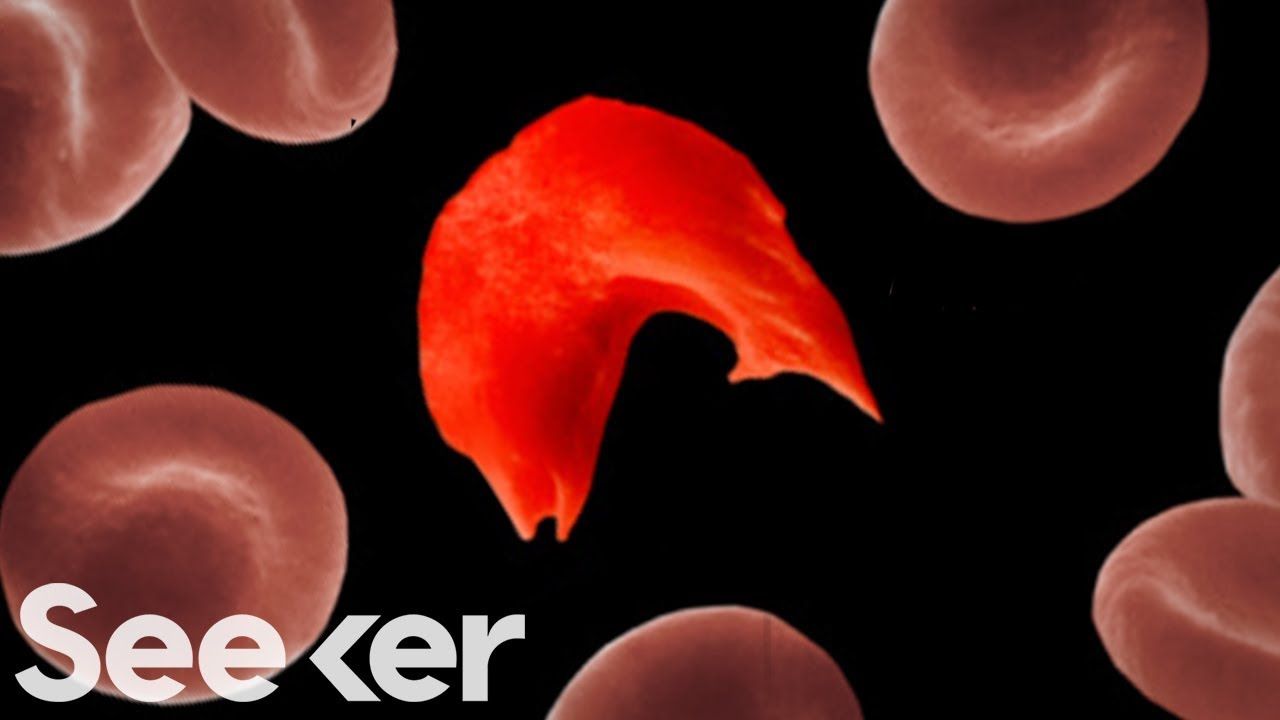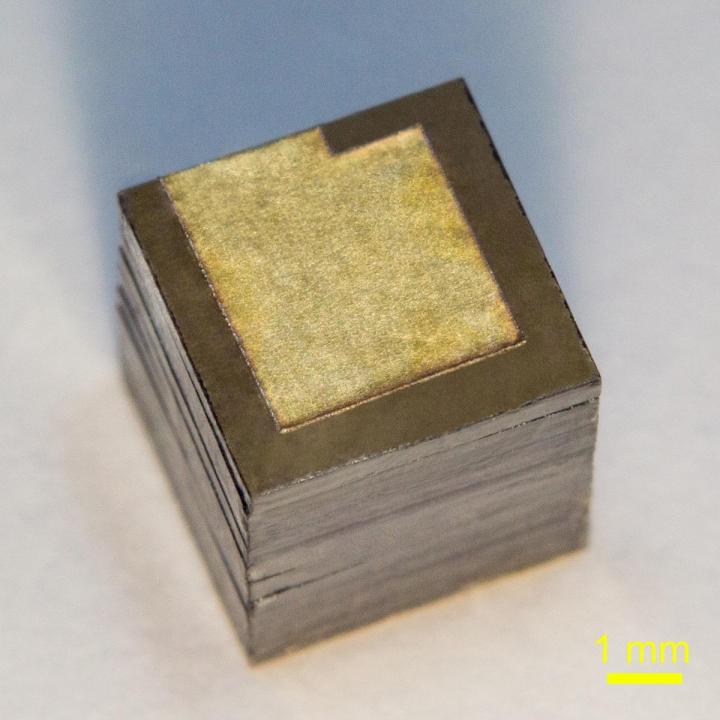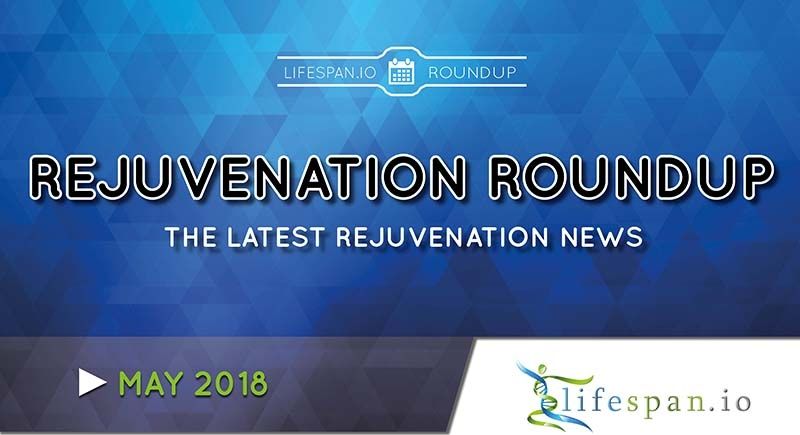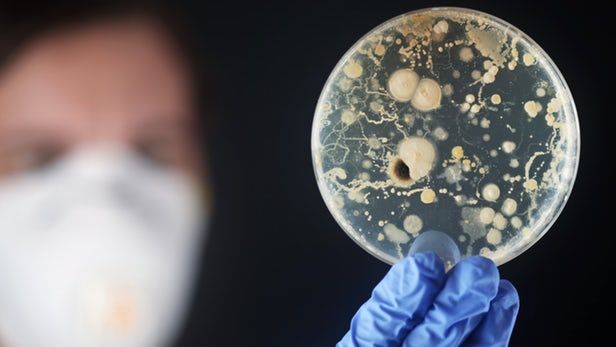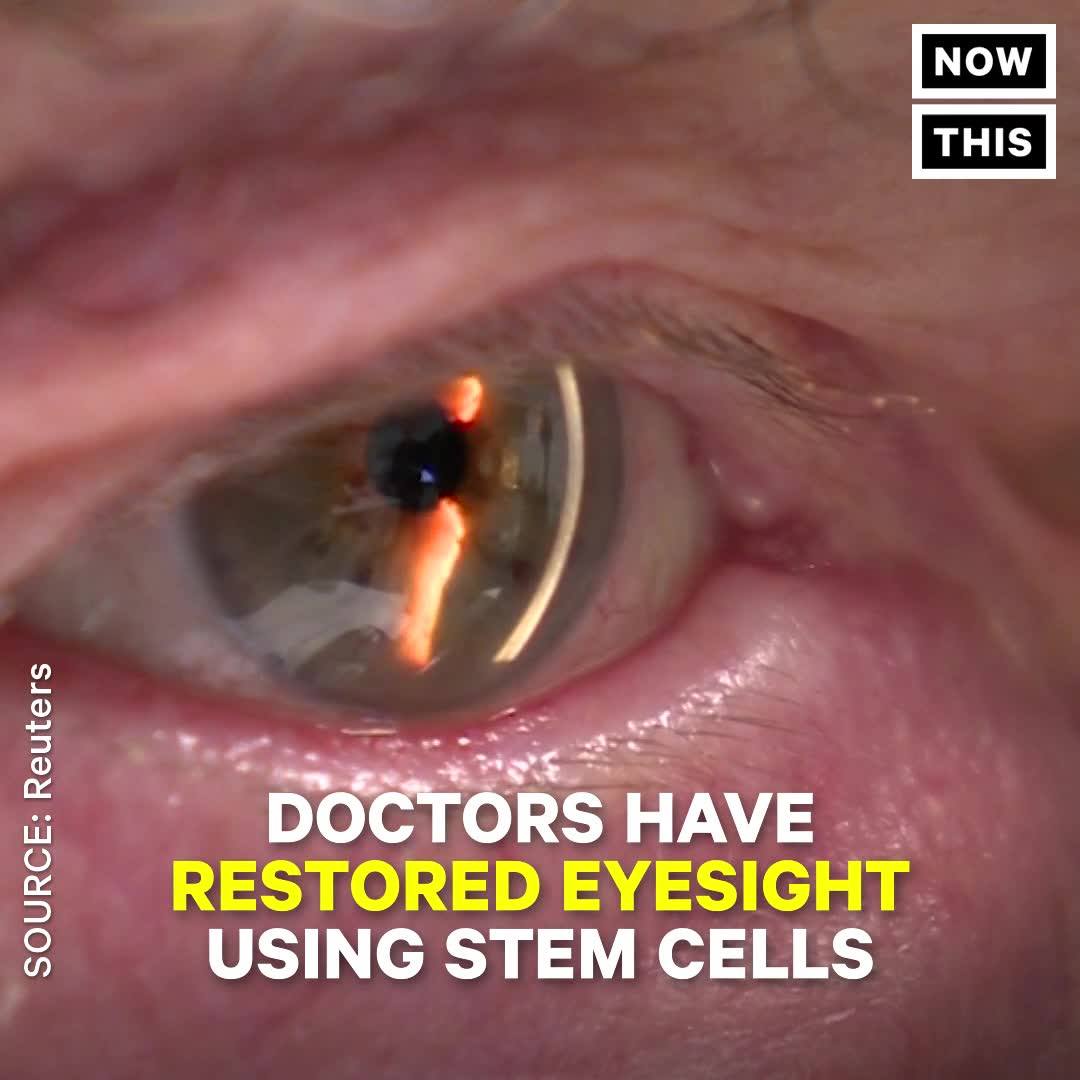Archive for the ‘biotech/medical’ category: Page 2253
Jun 2, 2018
8 Amazing CRISPR projects that could change life as we know it
Posted by Ian Hale in categories: bioengineering, biotech/medical, genetics

8 Amazing CRISPR gene editing projects that could change life as we know it.
Since it burst onto the scene a decade ago, CRISPR-Cas9 has shaken the field of genetics to its core. Offering a new genomic editing tool that’s faster, cheaper and more accurate than previous approaches, it opens up an astonishing breadth of possible applications.
Continue reading “8 Amazing CRISPR projects that could change life as we know it” »
Jun 1, 2018
Engineered antibody summons immune system to kill cancer cells
Posted by Genevieve Klien in category: biotech/medical
Researchers have engineered an anti-cancer antibody that attaches specifically to cancer cells and summons immune killer cells to destroy the target.
Jun 1, 2018
Prototype nuclear battery packs 10 times more power
Posted by Klaus Baldauf in categories: biotech/medical, nuclear energy, robotics/AI, space travel
Russian researchers from the Moscow Institute of Physics and Technology (MIPT), the Technological Institute for Superhard and Novel Carbon Materials (TISNCM), and the National University of Science and Technology MISIS have optimized the design of a nuclear battery generating power from the beta decay of nickel-63, a radioactive isotope. Their new battery prototype packs about 3,300 milliwatt-hours of energy per gram, which is more than in any other nuclear battery based on nickel-63, and 10 times more than the specific energy of commercial chemical cells. The paperwas published in the journal Diamond and Related Materials.
Conventional batteries
Ordinary batteries powering clocks, flashlights, toys, and other compact autonomous electrical devices use the energy of so-called redox chemical reactions. In them, electrons are transferred from one electrode to another via an electrolyte. This gives rise to a potential difference between the electrodes. If the two battery terminals are then connected by a conductor, electrons start flowing to remove the potential difference, generating an electric current. Chemical batteries, also known as galvanic cells, are characterized by a high power density — that is, the ratio between the power of the generated current and the volume of the battery. However, chemical cells discharge in a relatively short time, limiting their applications in autonomous devices. Some of these batteries, called accumulators, are rechargeable, but even they need to be replaced for charging. This may be dangerous, as in the case of a cardiac pacemaker, or even impossible, if the battery is powering a spacecraft.
Jun 1, 2018
World’s first 3D-printed cornea made from algae and human stem cells
Posted by Klaus Baldauf in categories: 3D printing, bioengineering, biotech/medical, cyborgs, transhumanism
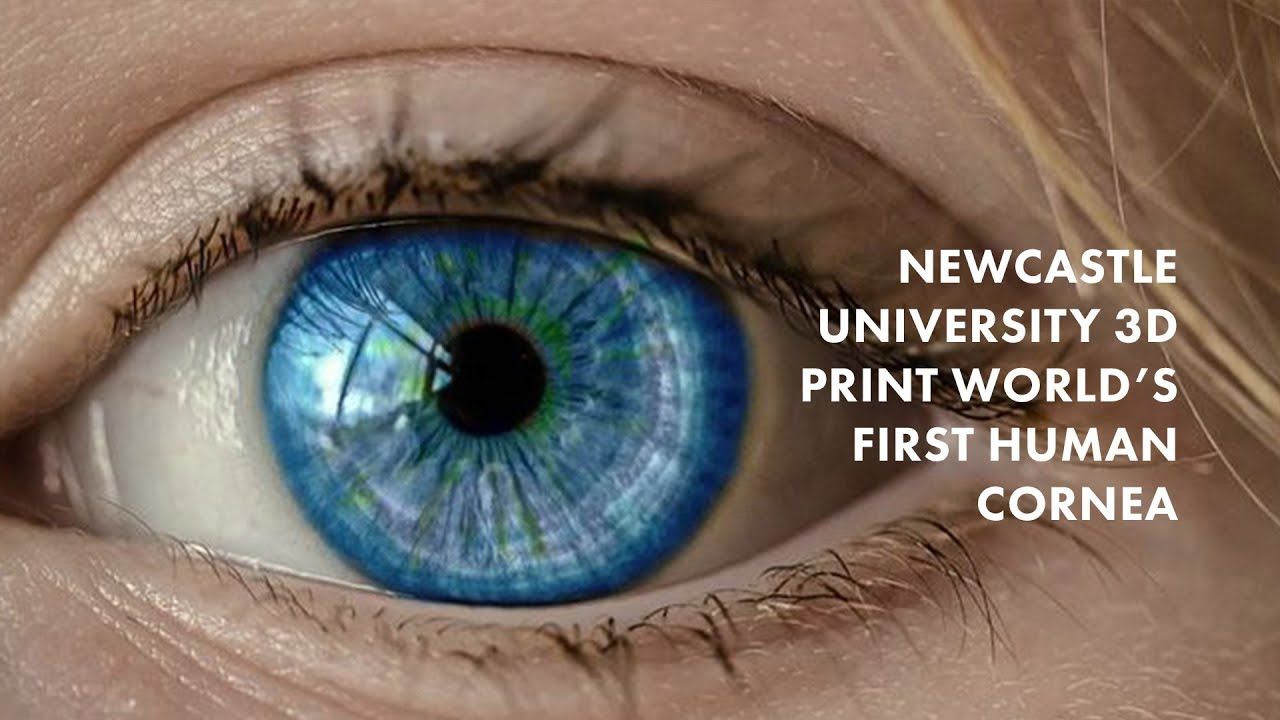
The human eye is a remarkably sophisticated organ and like the lens to a camera, it’s the cornea that focuses the flood of photons into a perceptible image. But for an estimated 15 million people around the world, eye disease and trauma make surgery the only path to clear vision.
In the next few years, artificial corneas may become more accessible thanks to new research out of Newcastle University in the United Kingdom. There, researchers mixed stem cells from the cornea of a healthy donor with collagen and algae molecules to create a bio-ink, which they 3D-printed into an artificial cornea. The research is currently just a proof-of-concept but lays the groundwork for future techniques to create low-cost, easy-to-produce bionic eyes.
Continue reading “World’s first 3D-printed cornea made from algae and human stem cells” »
Jun 1, 2018
Rejuvenation Roundup May 2018
Posted by Nicola Bagalà in categories: biotech/medical, life extension
LEAF’s monthly roundup for May is out!
Summer is coming, and, albeit on a slightly longer timeframe, so is a world free of aging! So, grab an iced drink, sit comfortably on your beach chair, and let’s have a look together at some of the latest rejuvenation news.
The first LEAF conference in NYC is coming!
Jun 1, 2018
Japan moves to fast-track innovative stem cell therapy with first trials on human hearts
Posted by Genevieve Klien in categories: biotech/medical, life extension, neuroscience
With the ability to be coaxed into different kinds of mature cell types, induced pluripotent stem cells (iPSCs) hold all kinds of potential in the world of regenerative medicine. One of the many possibilities could be repairing damaged hearts, something that will soon be put to the test for the first time ever in newly approved clinical trials in Japan.
Since emerging from the laboratory of researcher Shinya Yamanaka in Japan in 2006, the potential of iPSCs has been explored in all kinds of promising research efforts. We have seen them implanted into rabbits to restore their vision, become brain tumor predators, and turned into precursor cells for human organs.
IPSCs are created by first harvesting cells from body tissues and then infecting them with a virus, in turn introducing them to carefully selected genes that return them to their immature state. From there they can develop into any cell in the body, a capability so powerful it earned Yamanaka a Nobel Prize in 2012.
Jun 1, 2018
Scientists develop material that could regenerate dental enamel
Posted by Shailesh Prasad in categories: biotech/medical, food
Researchers at Queen Mary University of London have developed a new way to grow mineralised materials which could regenerate hard tissues such as dental enamel and bone.
Enamel, located on the outer part of our teeth, is the hardest tissue in the body and enables our teeth to function for a large part of our lifetime despite biting forces, exposure to acidic foods and drinks and extreme temperatures. This remarkable performance results from its highly organised structure.
However, unlike other tissues of the body, enamel cannot regenerate once it is lost, which can lead to pain and tooth loss. These problems affect more than 50 per cent of the world’s population and so finding ways to recreate enamel has long been a major need in dentistry.
Continue reading “Scientists develop material that could regenerate dental enamel” »
Jun 1, 2018
Synthetic molecule super-effective against superbugs
Posted by Genevieve Klien in categories: biotech/medical, existential risks, robotics/AI
Forget zombies or killer robots – the most likely doomsday scenario in the near future is the threat of superbugs. Bacteria are evolving resistance to our best antibiotics at an alarming rate, so developing new ones is a crucial area of study. Now, inspired by a natural molecule produced by marine microorganisms, researchers at North Carolina State University have synthesized a new compound that shows promising antibacterial properties against resistant bugs.
Decades of overuse and overprescription of antibiotics has led to more and more bacteria becoming resistant to them, and the situation is so dire that a recent report warned that they could be killing up to 10 million people a year by 2050. Worse still, the bugs seem to be on schedule, with the ECDC reporting that our last line of defense has already begun to fail in large numbers.
